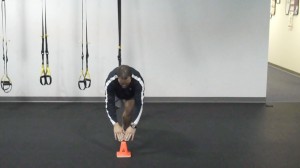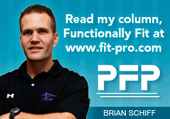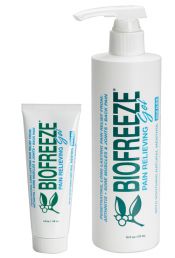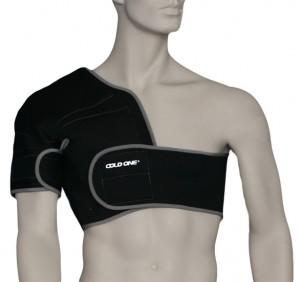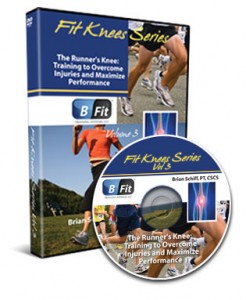It is no secret that Americans are trying to stay more active well into their baby boomer years and beyond. The million dollar question is how will what you do today affect your joints down the road.
Scholars, scientists and medical experts do not seem to agree 100% on what is too much, but most tend to agree that excessive running, obesity, irregular or unusually intense activity (think weekend warriors here), muscular weakness and even decreased flexibility may all contribute to arthritis.
The New York Times recently ran a story about the cost of total joint replacement and suggestions on how people can be proactive to reduce the risk and debilitating effects of arthritis. Click here to read the article.
I think one of the most amusing yet ironic things about science is that it often contradicts itself. Obviously, we know being overweight increases stress on the load bearing joints. Most people would also knowingly acknowledge that improved strength and flexibility would make for healthier knees and hips.
The big question mark for me is impact loading, or simply the argument of whether to run or not to run. Some docs say no way. Others say yes. Yet others offer more ambiguous words on the subject. So, what do I think?
I honestly believe there may be no absolute answer. I am not convinced running on a treadmill is all that much better for you as some would suggest either. My body tells me blacktop surfaces are better than cement sidewalks, while the soft earth is better yet still. I use the treadmill in the winter and for speed work but if you run events too much treadmill work will let you down on race day as the body is ill prepared.
Much like exercise prescription, I think joint loading and tolerance is a very individual matter indeed. Biomechanics, posture, training history, medical history, repetitive movements, footwear, nutrition, body type, recovery, etc are just a few of the variables one must consider when passing judgment on exercise prescription and limits.
Beyond that, the best indication to reduce or remove an activity for a short bit or long term is obviously pain. But before doing so, one must correctly identify the source of the pain. At times, the pain may seem like a joint issue when in fact it could simply stem from poor muscle recruitment, lack of mobility or faulty movement patterns thereby subjecting joints to undue stress.
I say all this to say we must be careful in saying one should not do something definitively. Some folks run well into their 80’s without issues. Others break down after one endurance event. In the end, we must face facts. The human body is complex and no two people are exactly alike. I had left hip pain years ago that felt like arthritis. My orthopd told me the x-ray showed a few mild bone spurs and mild hip dysplasia.
His advice? Quit running. I did for 6 months and the pain did not subside. So, I began a progressive running program and changed up my strength training to more single leg based work. Guess what? My pain went away 100%. This tells me the impact itself was not likely the cause of my pain, but more likely a muscle imbalance that I overcame through more efficient strength training.
We must look at science, anecdotal findings and clinical experience to pull out general patterns and thoughts all the while continuing to use assessment, feedback and results to lead us to the best conclusion for each client, patient or athlete. You must use all this information to make the best decision for your situation as well.
